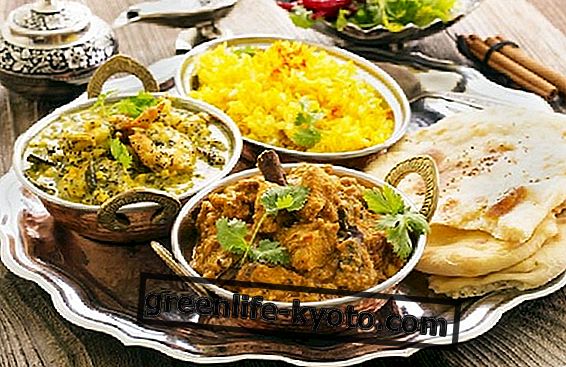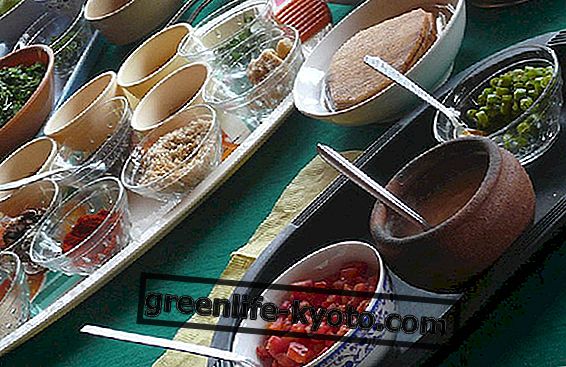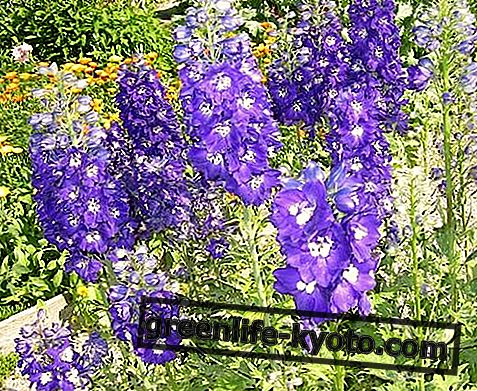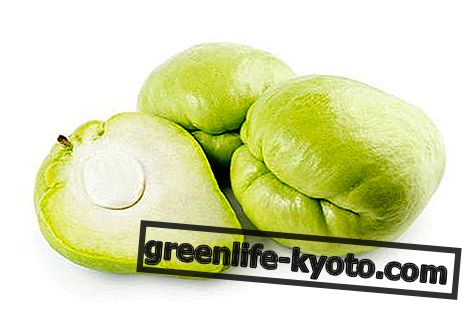
Indian cuisine is very rich in cereals and legumes, vegetables and fruits, spices and aromatic herbs that help to enrich the vegetarian diet and to experiment with new and increasingly tasty dishes.
Indian vegetarian cuisine: cereals and legumes
Indian vegetarian cuisine is based on cereals and legumes . In India, rice is one of the main components of the kitchen. They are produced and use different varieties including patna and basmati . As an accompaniment to food, in addition to rice, wheat or legume bread is baked, baked or grilled.
In Indian cuisine, over 50 varieties of legumes are used : peas, lentils and beans of different types are consumed in abundance especially in vegetarian cuisine. Legumes are used whole or peeled and broken to reduce cooking times.
Indian vegetarian cuisine: vegetables and fruit
In Indian vegetarian cuisine, fruit and vegetables obviously cannot be missed. In India there are numerous varieties of vegetables of very different origins.
The Indian agricultural tradition is very old indeed: the development of agriculture in the Indus valley dates back to 7, 000 years before Christ; such a deep-rooted tradition could only produce an immense wealth of vegetable products.
It is very common to use mango in the kitchen, which is consumed both ripe and unripe; with the addition of salt and sometimes chilli, or even dried and powdered, to be used as an ingredient to flavor dishes with spices. Another common ingredient, even in the preparation of Indian sweets, is coconut .
Indian vegetarian cuisine: spices and condiments
In India, as is well known, spices are widely used which, in the case of Indian vegetarian cuisine, serve to give greater flavor to vegetables, legumes, cereals and even sweets. The most common are cardamom, coriander, cloves, nutmeg, cumin, pepper, fenugreek, chili pepper, paprika, ginger, tamarind, turmenico and mustard.
Among the condiments, the most common is certainly the ghee, the characteristic Indian clarified butter. However, for those who have decided to exclude milk and dairy products from their diet, the offer of condiments in Indian cuisine is still quite extensive; in vegetarian recipes of Indian cuisine, sunflower and soybean oil, coconut butter, vegetable margarine and mustard seed oil are often used; the latter contains a high proportion of uric acid and therefore, in other countries, particularly in the western world, it is not recommended as it is considered unhealthy.
There are also vegetable-based condiments, the so-called chutneys, made from fruit and vegetables without the addition of milk or milk derivatives, so perfect not only for vegetarian cuisine but also for those who follow a vegan diet; they are made from vegetables or fruit including mangoes, tomatoes, onions, lime, peaches and dates, with the addition of spices, in particular chilli to make them spicy.
Discover the moringa, an Indian plant with a thousand uses
Credit photo: Heinz Leitner













